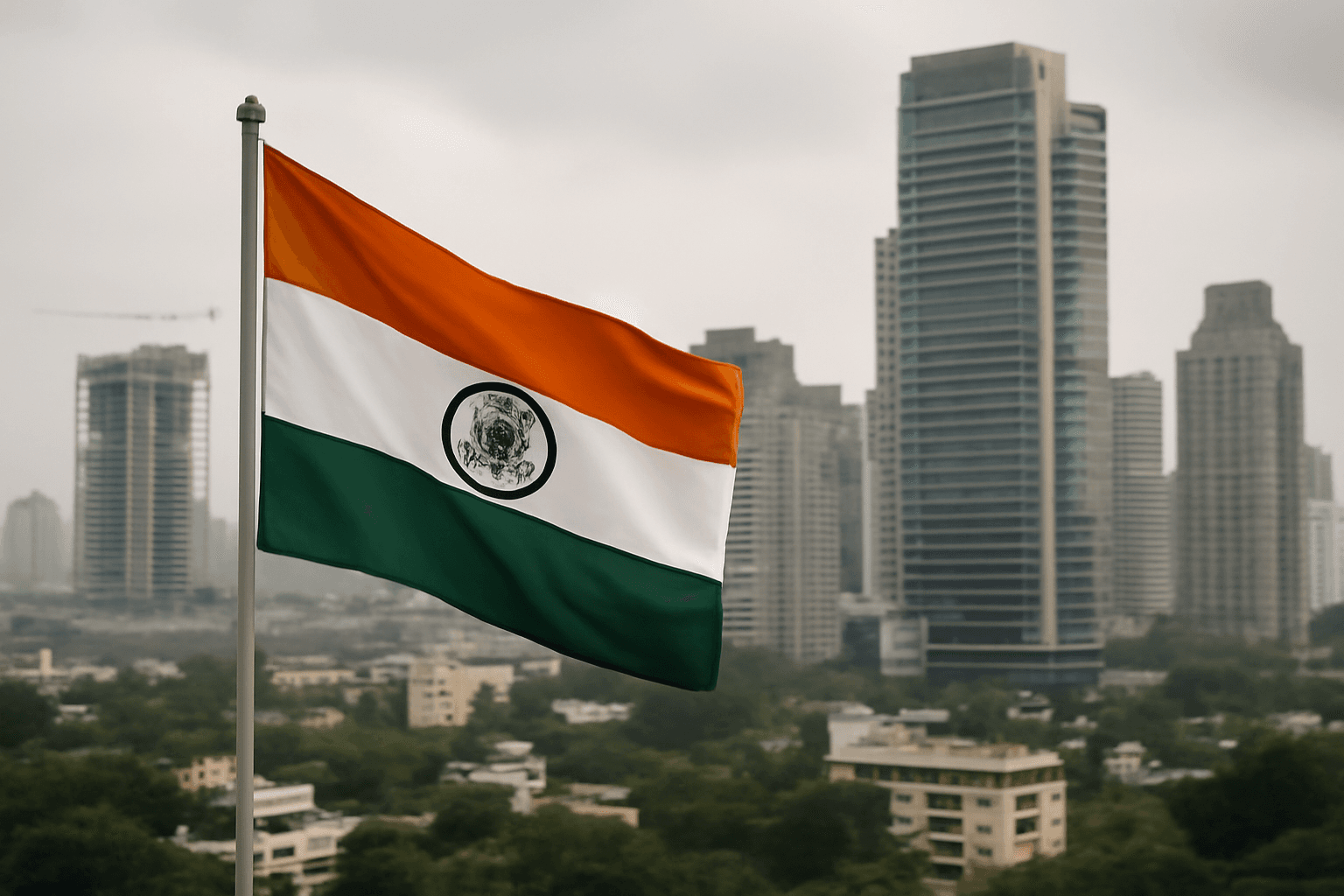The World Economic Forum's latest Chief Economists Outlook report highlights India as the primary engine of economic growth in 2025 and 2026, reflecting strong optimism for South Asia amid a challenging global economic environment.
While the global growth outlook remains mixed—with softness in North America, cautious optimism in Europe, and resilience in the Asia-Pacific—the report underscores South Asia's robust prospects. Approximately one-third of chief economists surveyed expect strong or very strong economic expansion in the region for the remainder of 2025.
Despite concerns such as recent military tensions between India and Pakistan and inflationary pressures, South Asia continues to stand out. India, the region's largest economy, is projected by the International Monetary Fund to achieve GDP growth of 6.2% in 2025 and 6.3% in 2026, reinforcing its status as a key growth driver.
Global economic risks include trade policy shocks, rising economic nationalism, and disruptions from artificial intelligence (AI). Nearly 87% of economists anticipate that current U.S. economic policies may delay strategic business decisions and contribute to recession risks worldwide.
The report also notes mounting public debt concerns as governments address increased defense spending through higher borrowing, potentially restricting investment in infrastructure and public services. Furthermore, 47% of chief economists foresee net global job losses caused by AI over the next decade, despite its substantial growth potential.
WEF Managing Director Saadia Zahidi emphasized the necessity for policymakers and business leaders to adopt coordinated strategies and invest in transformative technologies to navigate uncertainties effectively and ensure sustainable growth.
In summary, while global economic uncertainties persist, particularly regarding trade and fiscal policies, India’s strong growth forecast positions it as a pivotal contributor to future global economic expansion.












